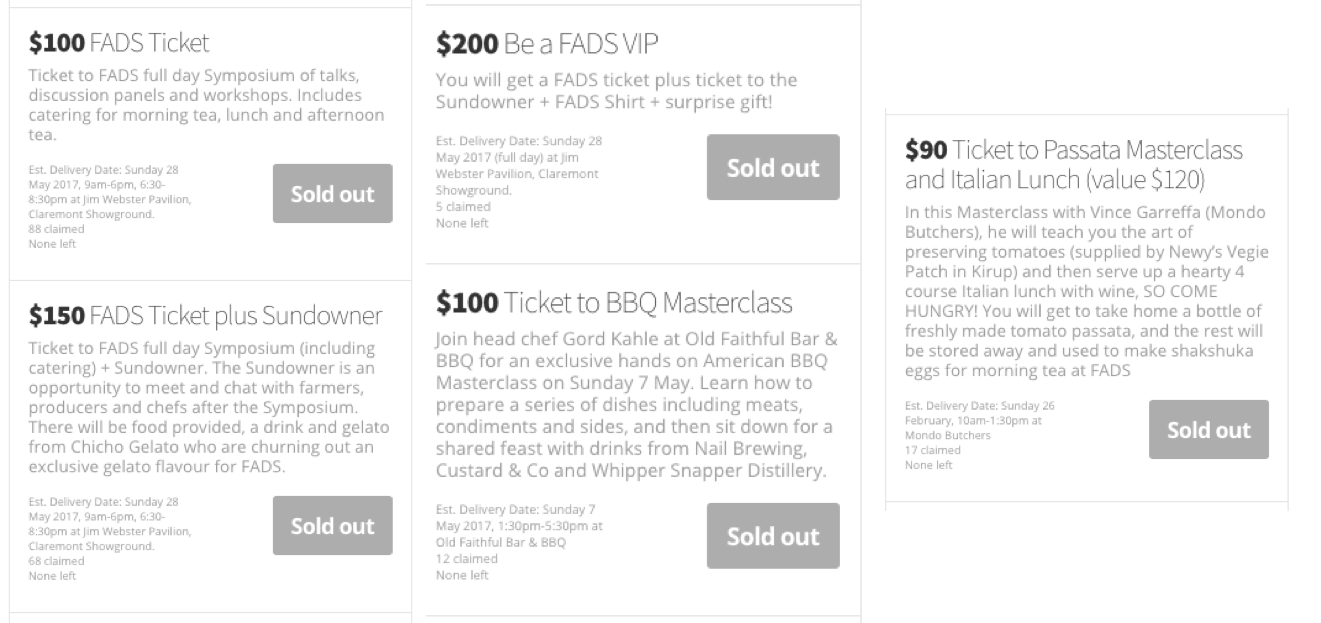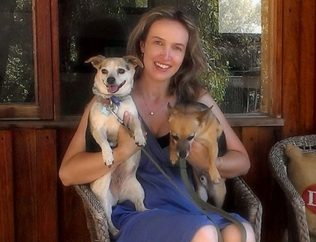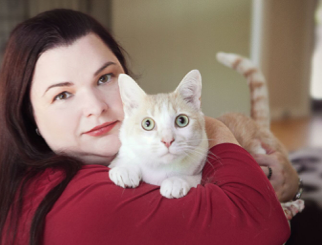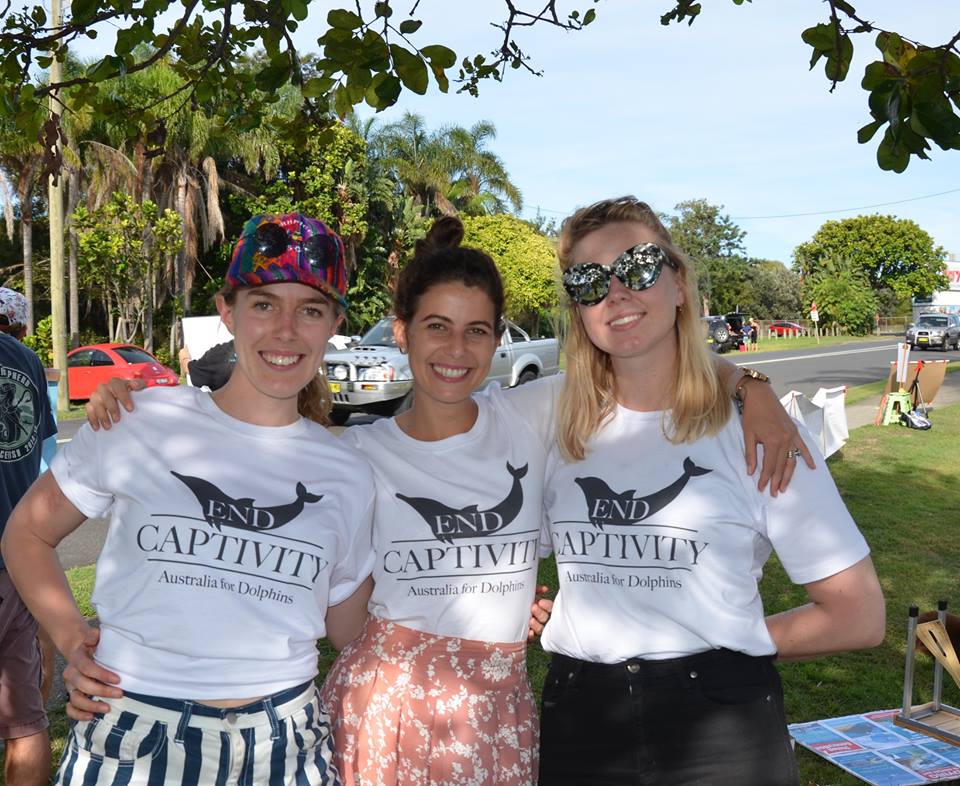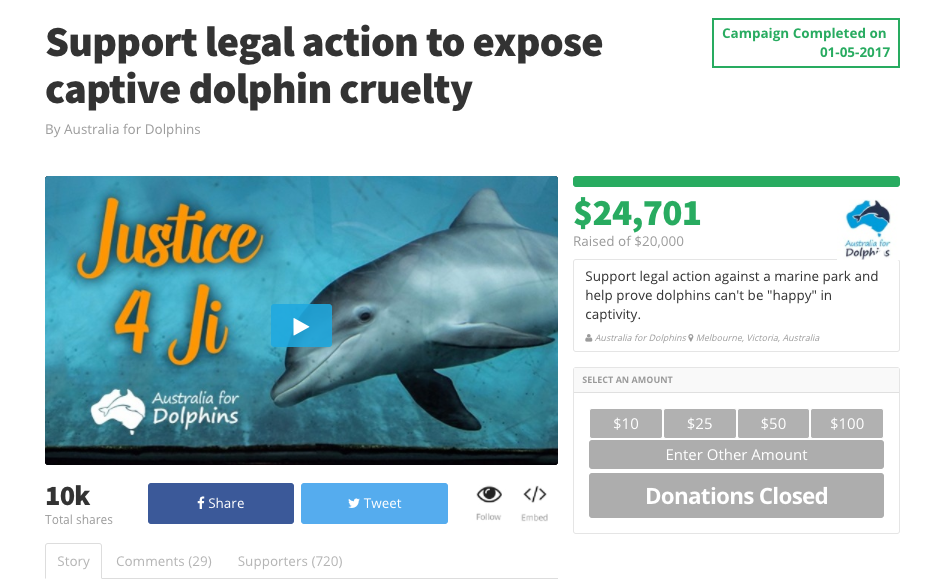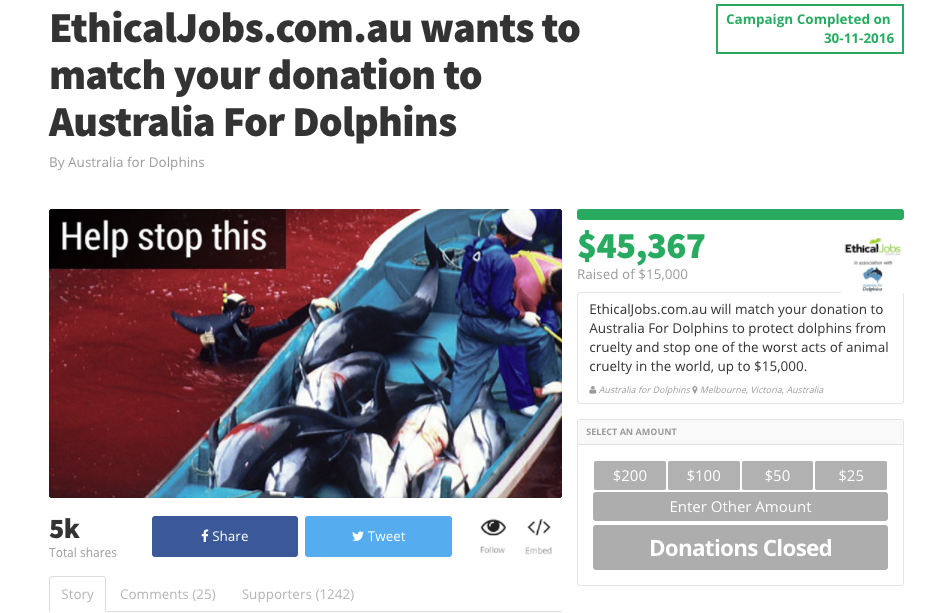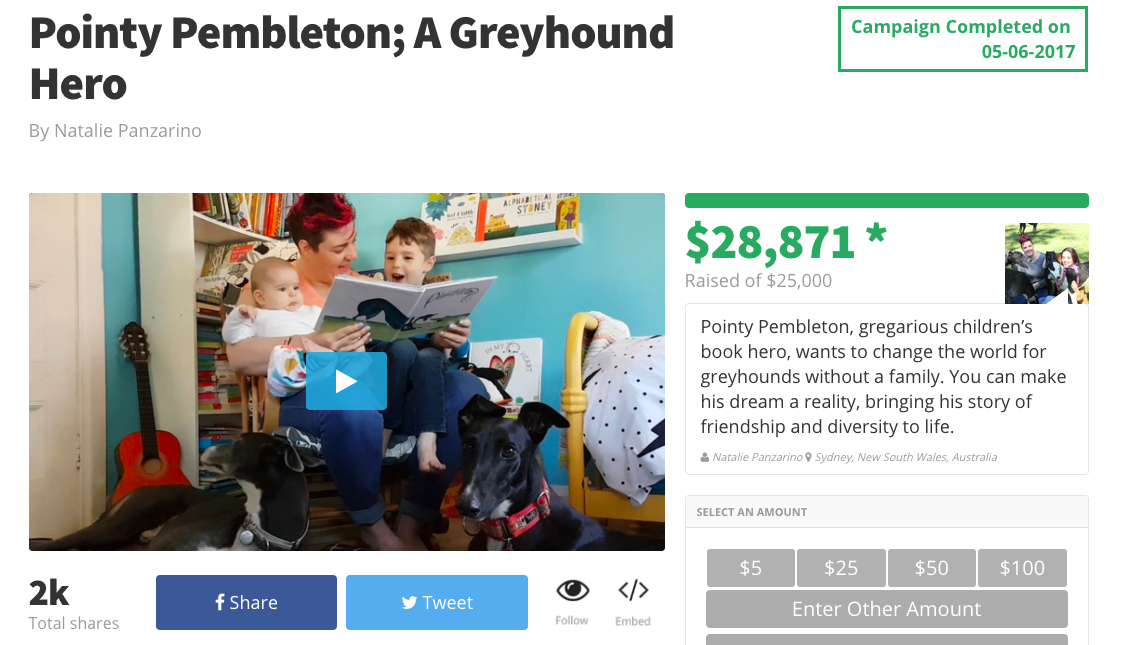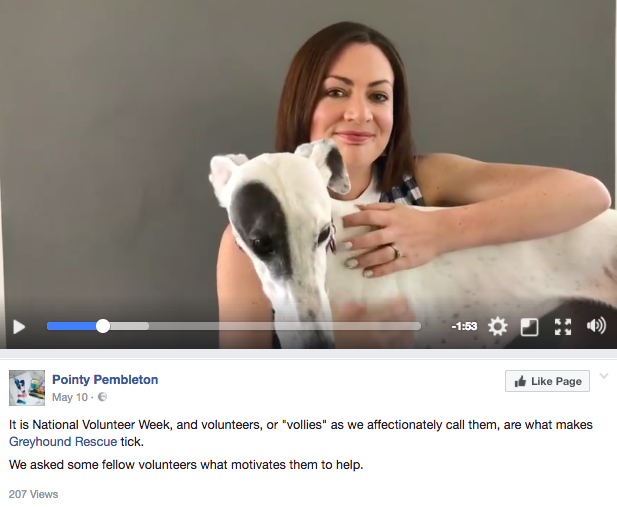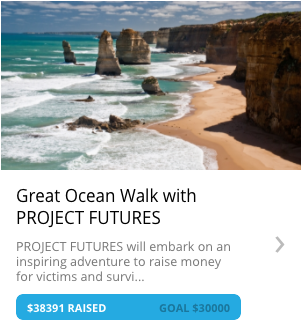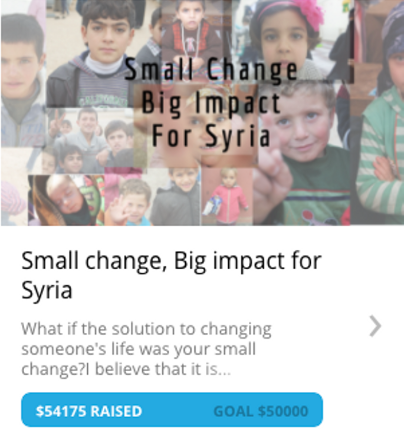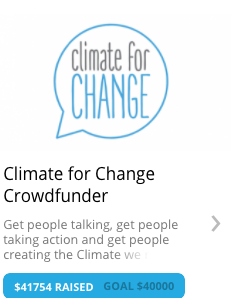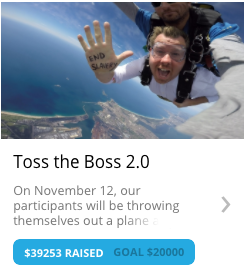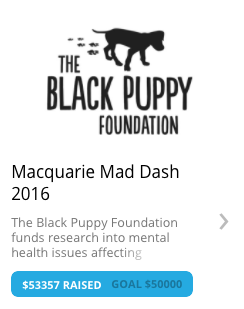You’ve tried all the fundraising channels. You’ve applied for grants, done the trivia nights, approached potential corporate sponsors. Each raised a few thousand, but it’s never enough to get off the treadmill. If only you could raise enough not to have to worry about fundraising for a while, so you can focus on getting actual work done, right?
Meet Libby Williams and Caroline Fleay
Without any prior experience in crowdfunding, Libby and Caroline raised $91,400 in just 60 days.
Want to know how they did it?
In this case study, we’re giving you each and every step that was used, including examples of social media posts and emails, so that you can replicate the exact same strategy for your campaign.
_________________________________________
Background
The Humanitarian Group (THG) is a not-for-profit Community Legal Centre that provides migration assistance, legal advice and education for people new to Australia. When the Federal Government stopped providing funded legal assistance for most people seeking asylum in Australia, THG stepped up to help those seeking asylum in WA by opening a free legal clinic. Caroline, who has worked in the refugee sector for over 20 years, and Libby, who has volunteered for the same amount of time, both joined a collective of agencies supporting THG’s free legal clinic. Their role in the collective was to help THG source funding for the clinic. They made a few successful grant applications and hosted a couple of fund raising events, raising between $2,000 – $5,000 here and there, but there was an ever widening gap between costs and funds available. The free legal clinic was in danger of having to close, which would have resulted in hundreds of people in WA being left without legal assistance and facing the prospect of being returned to countries they had fled because they had experienced, or were at risk of experiencing, torture and persecution. Realistically, they needed an urgent cash injection of $80,000 to stay afloat, and so Libby and Caroline decided they needed to look outside of the box, and their comfort zones!
They researched fundraising ideas, and quickly learnt about the potential success of crowdfunding. Since they had no experience in crowdfunding, they knew they would need to be strategic.
‘We took a rather unorthodox approx to be honest. We’re both 50-year old women who weren’t frequent, or comfortable, users of social media prior to the campaign (we didn’t even have a Twitter account when we started) but we were desperate to raise the funds and nothing else had worked! As a result of our lack of social media skills we had difficulty trusting in its ability to achieve our fundraising goal, so we ended up doing what we do best i.e. ‘old fashioned’ relationship building around the campaign.’
Step 1: Build a Team
The first thing Libby and Caroline did was form a small collective of people who had the social media and marketing skills they lacked. This collective helped drive the campaign throughout. They also had an existing Facebook group of about 500 people that they could use to promote the campaign.
“A crucial part of building our team was identifying our own weaknesses and asking others for help. As we didn’t have a budget to work with, we had to rely on like-minded people generously donating their time and expertise. This required us to find even more time for a number of personal meetings with people we knew had the skills we were missing. The time spent on this was invaluable! A good example is the flyers we used that were a result of creative input from two of our campaign supporters, both marketing experts, who kindly advised (and created) for us throughout the campaign.
We also learnt very valuable lessons from another Legal Community Centre based in Victoria who had recently run a successful crowdfunding campaign. We met with the people involved – who were in Perth for a conference – and they were generous with their time and advice which gave us a lot of confidence to have a go ourselves. We would strongly recommend you find a similar, successful project early in your planning phase to model your own work on. Finally, we found the Chuffed support staff to be very helpful at every stage. They responded to queries quickly and thoroughly and we felt a good deal of personal support and empathy for our project. This was also important in building confidence in our ability to get the job done.”
Then Libby and Caroline went through their networks and identified about 50 people who they knew were rock solid and cared about the cause. Because they both worked or volunteered in the sector, they knew a lot of people who cared deeply about the situation facing people seeking asylum in WA. Together, they set out to meet these contacts in person, sending personal emails and making phone calls to the many people they knew.
“We took a very personal approach to inviting people to become a part of the campaign. We met with as many people as possible to have a coffee and a chat, made personal phone calls and let people know how they could be involved with positive action for people seeking asylum in our community. We were attempting to launch WA’s largest crowd fund to provide legal assistance for asylum seekers and asked people to join with us to make this big, bold plan work – and they did!”
In addition to this, the work that Caroline and Libby did was consistently supported by individuals from the collective of agencies who were part of THG free legal clinic support group. These agencies are all heavily involved in the sector and were very keen for the campaign to succeed. An appeal was made to members of this collective to commit to taking a personal approach with contacts within their own, often extensive networks – and so the group of people feeling a sense of ‘ownership’ of the campaign grew.
All of these personal approaches were designed to get two things: pre-commitments of funds, and people who could help with social media. Following each meeting, Libby and Caroline would send a follow-up email to thank them for their time, attaching their flyer, and asking them explicitly to either become a Financial Supporter or a Social Media Ambassador.
Here are copies of the flyers they used:
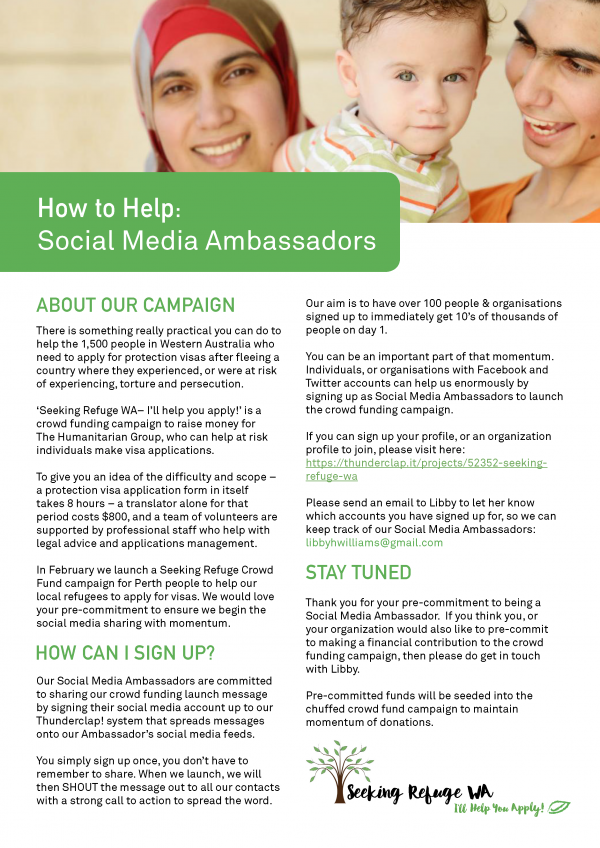

The asks were very clear – for financial donors it was to tell them how much they were going to pre-commit. For Social Media Ambassadors, it was to sign up to their Thunderclap (we’ll explain what that is below). An easy next step with a clear ‘yes/no’ answer was critical in helping people commit to the campaign.
Once a commitment to Thunderclap was made, a follow up email asking people to further commit to using their personal social media accounts and email to spread the word about Seeking Refuge WA for the duration of the campaign was made.
It took Libby and Caroline 6 months to have all their ‘in person’ conversations. But by the end, they had the pre-commitments and the team to launch big.
Step 2: Launch Big
Having read the Chuffed.org Crowdfunding Guide, Libby and Caroline knew that launch day had to be big, ideally raising 20-30% of the target in the first 3 days.
To make it a success, they planned three things:
1. Thunderclap
Libby and Caroline decided to use Thunderclap as a way to get more reach for the campaign on Launch Day.
What is Thunderclap?
Thunderclap is a platform that lets people sign up and commit to post a message that you write on Twitter and Facebook on a certain time and day. Because there are so many people posting together, there’s a higher likelihood that posts will get seen by others.
The great thing is, you don’t need a huge following for a successful Thunderclap.
Signing up 73 supporters on Thunderclap gave Seeking Refuge WA a social reach of over 60,000 on the day.

2. Launch event
Libby and Caroline decided to launch the campaign during an event at the Centre for Human Rights Education, Curtin University, where Caroline is Deputy Director. They knew the event was likely to be well attended as The Hon. Michael Kirby, former High Court Judge and Patron of the Centre, would be speaking about Australian refugee policies. So they planned for Caroline and guests from a refugee background to launch Seeking Refuge WA following Michael Kirby’s address. During the launch, Caroline and guests outlined the situation facing people seeking asylum and the importance of the work of the free legal clinic, and how people could donate. There were 500 people in the audience, many of who were clearly interested in supporting the campaign, and the launch helped raise over $10,000 on day 1 of the campaign.
3. Thank every donor
As soon as donations started to flow in, Libby made sure that every supporter was thanked personally. In addition to this, some donors were asked if they were happy to be thanked publicly. This way the people who supported the campaign could see how much their donations were being appreciated, and it also provided an example for others who were considering donating. These positive donation messages received a lot of traction on social media.
In addition to Facebook, Libby also set up a Twitter account to spread the word about the campaign and continue to thank donors.
“I had never tweeted before, and had a big learning curve ahead. Fortunately, another member of our support team had extensive experience both professionally and personally with social media, and very kindly donated her time to the unenviable task of teaching me how to Tweet! Her tuition and ongoing personal support of our Twitter account resulted in a lot of good retweets which is what we were after.”
All of this activity meant that on launch day, the Seeking Refuge WA campaign was all over social media for people in Perth who cared about the cause.

Step 3: Get influencers on board
Before launching the campaign, Libby and Caroline also identified a number of key individuals who could either help them reach more people or access bigger donations.
1. Reaching more people
The team spent time identifying potential local and national organisations who might be interested, and prepared a list of contacts to engage with during the campaign. One way to do this is to either search directly in Facebook for groups or pages interested in your cause area or using Twitter’s Advanced search. Next, Libby attempted to grab their attention by tagging the influencers in Twitter posts. This resulted in some retweets from organisations (including Refugee Council Of Australia and Asylum Seeker Resource Centre) who have large online followings. The team met with others in person beforehand and kept them in the loop throughout the campaign to showcase how successful it had become. The popularity of the campaign itself made it much easier for these people to share with their networks.
2. Bigger donations
Prior to the campaign launch, Libby and Caroline had secured $20,000 in pre-pledged donations. These donations were used at strategic times to help maintain momentum during quiet donation times (every weekend!). Donors of $10,000 of this sum agreed that it could be put aside to be used in dollar for dollar matching during a mid-campaign slump.
Grace Forrest, from The Minderoo Foundation, had also followed the campaign with interest right from the start, kindly donating an exhibition of her photos to be used during the launch event. As the success of the campaign grew, Grace got back in touch with Libby and continued to support the campaign. The significant social media reach of the Minderoo Foundation was very helpful in providing Seeking Refuge WA with a new audience late in the campaign. Much to their delight, once the campaign had reached $67,000 in donations, The Minderoo Foundation donated $13,000 to get the campaign to its target of $80,000 and, in addition to this, offered a further $10,000 in dollar for dollar matching.
“We were so grateful when the Minderoo Foundation came on board to give us the remaining $13k to get us across the finish line. And then to offer dollar for dollar matching for every dollar beyond that, which took us over the $90,000 mark, was an added bonus! On the strength of this we decided to extend the campaign by one week to really take advantage of the dollar matching. Grace made it clear to us that it was because of the success we had already achieved that the Minderoo Foundation were prepared to back us and provide the funds to help us reach our target.”
In addition to the actual donations coming from the Foundation, Libby and Caroline were now able to go back to existing supporters to give them the great news and bring new life to the campaign. This is an example of the Campaign Update sent to existing supporters:

Step 4: Keep Promoting Till The End
Towards the end of the campaign and right before the donations from the Minderoo Foundation, Libby and Caroline worked hard to engage existing supporters and networks, encouraging them to help share the page with their networks. They had a multi-pronged approach.
1. Daily social media posts
People love a deadline so Libby started a daily countdown on social media to highlight the time pressure.

2. Rally existing supporters
Existing supporters were already the most invested in this campaign, and they wanted to see it succeed. Asking them for help with a final push provided the support needed to get the campaign across the finish line. Here’s the letter that was used:
Hello,
We are writing today to thank you so much for your kind support of Seeking Refuge WA. Your willingness to be involved has been overwhelming, and we are so encouraged by the number of people who clearly care deeply about those seeking asylum in WA. It’s hard to express how much we have appreciated the many, many emails sent, social media posts liked and shared, and conversations people like you have had – not to mention the amazingly generous donations we have received over the past 5 weeks of the campaign! We now have only 1 week to go and are tantalisingly close to our $80,000 target! The $65,600 already donated will allow The Humanitarian Group to move 82 people off their waiting list. But we dearly want to give them the funds to help 100 people who urgently need their help.
We are asking you today to join with us in this final week of the campaign for one more push to achieve our target of $80,000. We would be so grateful if one last time can you spread the word about Seeking Refuge WA to your own network of friends, relatives, colleagues, and encourage them all to donate (or donate again!).
Together we can change the lives of 100 people seeking asylum in WA. With thanks, The Seeking Refuge WA team
3. Continue to advertise perks
In the last week or two of the campaign the many fabulous perks that were available were advertised on social media in an attempt to persuade people to donate. Here is an example of some of the perks that were available.

And the result? That nearly vertical jump in donations right at the end:

Final Notes
Through the power of forming a collective and leveraging their personal networks, Libby Williams and Caroline Fleay were able to raise $91,400 for people seeking asylum in Western Australia. This amazed not only their family, friends and colleagues, but most importantly themselves.
“When we set out we knew THG needed $80,000, and even if we had only raised $40,000 we’d have been thrilled. We never expected to raise over $90,000! We are so amazed we did!” If Libby and Caroline can do it, you can too!
If you have an idea for a project or cause that you need funding for, but you’re not quite sure if you have the experience or networks to run a crowdfunding campaign, think of Libby and Caroline. Without any former experience or knowledge on crowdfunding, they were able to raise $91,400, smashing their $80,000 target, and ensure that many people seeking asylum in WA could access free legal assistance.
Start your campaign on Chuffed.org today. We provide free mentoring and support for anyone looking to crowdfund a social cause project.











